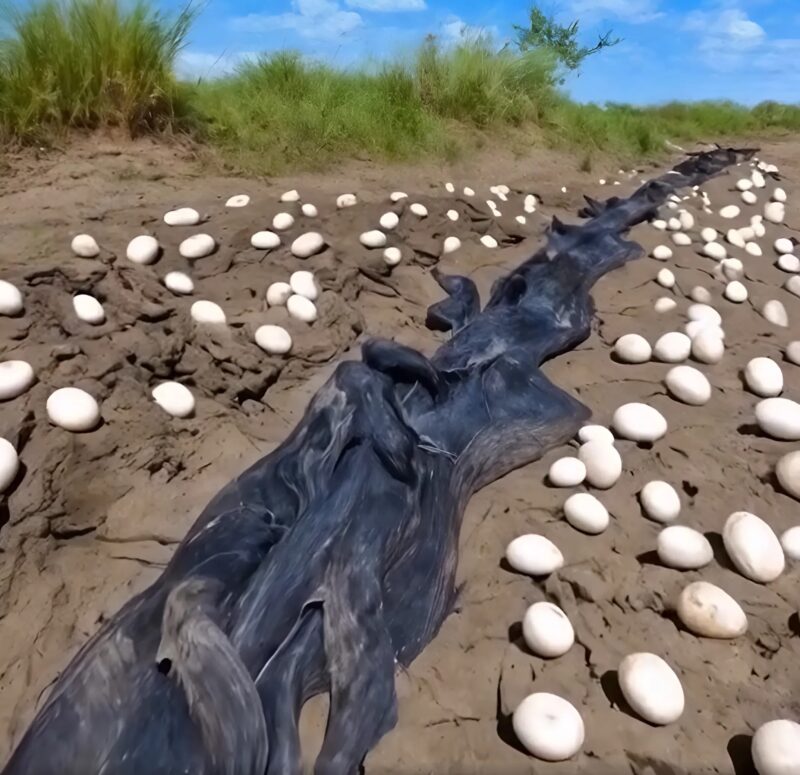Routine fieldwork became a scientific discovery when Nebraska farmer Thomas Reiner noticed dozens of peculiar eggs nestled between his soybean rows. The translucent blue-gray spheres, each no larger than a pea, lay exposed on the soil after a recent rain – an odd location for any eggs. Curious but cautious, Thomas documented his find before alerting university biologists.

Experts identified the eggs as belonging to spotted tree frogs, a species thriving in the region’s increasingly humid climate. The unusual terrestrial placement suggested either an evolutionary adaptation or a mother frog’s miscalculation after heavy rains created temporary pools. When some eggs miraculously hatched, Thomas became an unexpected conservationist, creating a small aquatic habitat for the vulnerable tadpoles.

While most eggs didn’t survive the returning dry conditions, this accidental field study demonstrated nature’s remarkable attempts to adjust to environmental changes. For researchers, it highlighted how even common species continue to surprise us with their resilience and behavioral flexibility in the face of climate shifts.


